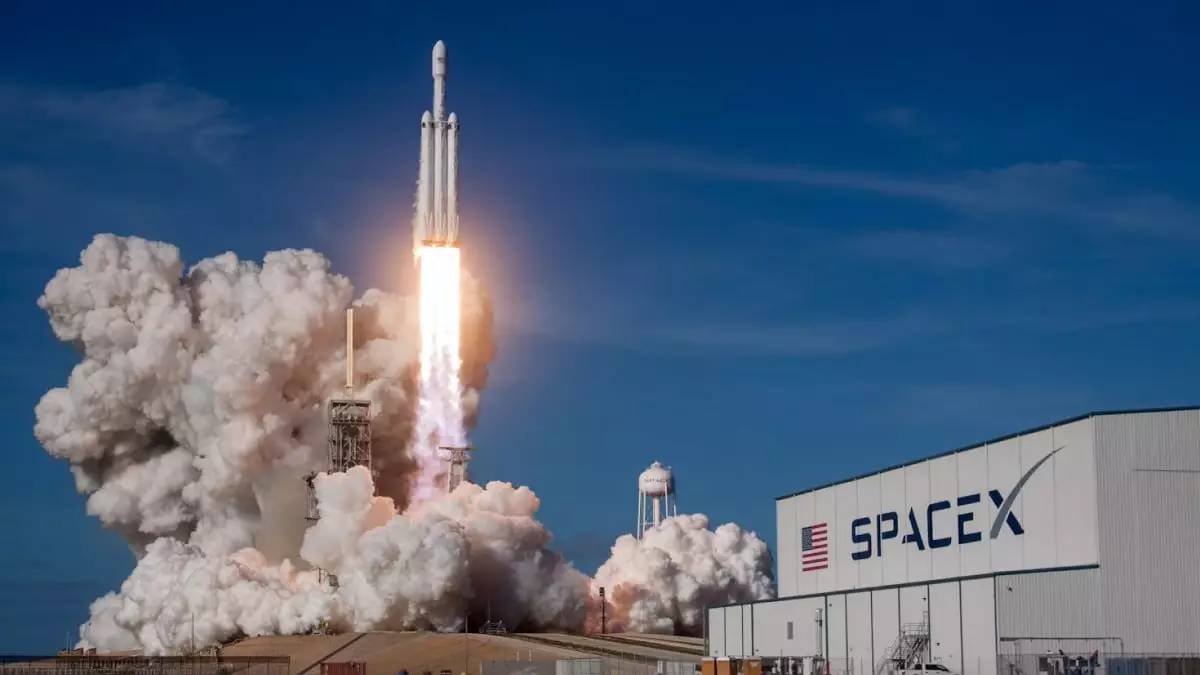In a landmark event that challenges traditional notions of space exploration, billionaire entrepreneur Jared Isaacman and SpaceX engineer Sarah Gillis made history as the first non-professional astronauts to complete a spacewalk. On September 12, 2024, the duo emerged from the SpaceX Dragon capsule, orbiting an impressive 435 miles above Earth, marking a significant shift in the realm of space travel. This mission, funded in its entirety by Isaacman, breaks the long-held precedent that only government-trained astronauts could venture outside their crafts.
Their mission, Polaris Dawn, commenced around 11:52 BST, where both Isaacman and Gillis were equipped with specially designed extravehicular activity (EVA) suits that catered to the unique challenges they faced. While Isaacman was the first to exit the capsule, he quickly returned to verify his suit’s functionality, showcasing the practical necessity of ensuring safety firsthand. Following closely was Gillis, who not only joined him outside but also provided live commentary of their experience, a feat that speaks volumes about the accessibility of space exploration beyond elite astronauts.
The path to this historic moment wasn’t without its hurdles. Initially slated to occur earlier, the spacewalk was delayed to refine safety measures and preparations, illustrating the gravity of conducting operations in such extreme environments. However, what differentiates this mission from past endeavors is that the SpaceX Dragon capsule was not equipped with an airlock, which traditionally separates the internal spacecraft environment from the vacuum of space. This innovative approach required Isaacman and Gillis to engage in an extensive two-day pre-breathing protocol to mitigate the risks of decompression sickness, further highlighting SpaceX’s departure from conventional practices in space exploration.
Innovation and Technology at Play
The EVA suits chosen for the mission came with state-of-the-art technological advancements, including a heads-up display designed to optimize both functionality and safety. This innovation not only ensured a secure environment for the astronauts but also reflected SpaceX’s commitment to pushing the boundaries of what is possible in the field. Dr. Simeon Barber from the Open University articulated the significance of this method, possibly reshaping how private companies approach space missions in the future.
The accomplishment of this spacewalk is far more than a personal triumph for Isaacman and Gillis; it signals a transformative era in space exploration. With the robust role of private enterprises growing, the successful execution of missions like Polaris Dawn has the potential to widen access to space, signaling a shift towards more inclusive exploration beyond governmental powers.
Additionally, this mission set a new benchmark by recording the most individuals in the vacuum of space simultaneously, reinforcing the idea that the cosmos could become progressively more accessible. As private companies continue to innovate and challenge conventional boundaries, the outlook for future spacewalks and explorations seems promising, igniting hope for a broader range of societal engagement in space travel.

Leave a Reply